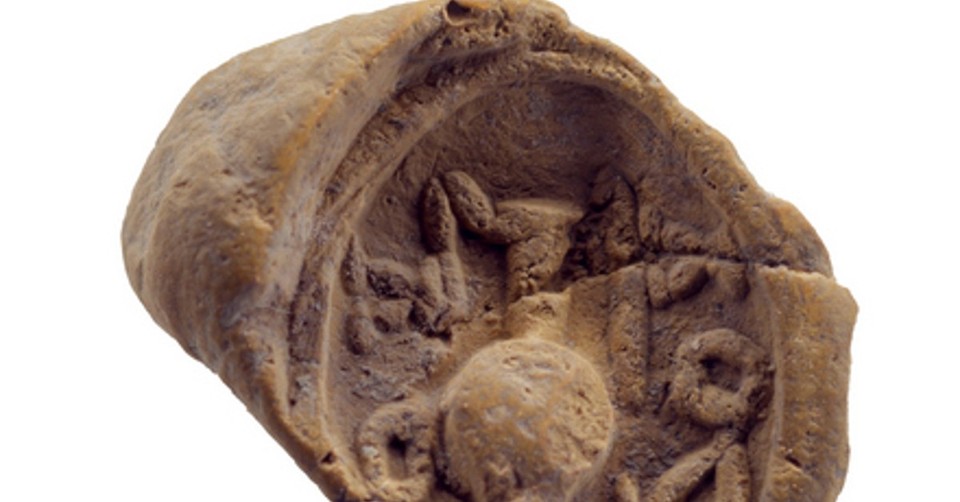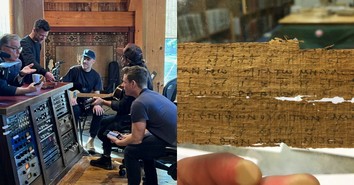Israeli Archaeologists Uncover 2,000-Year-Old Token Used at Zerubbabel's Temple

A 2,000-year-old ancient clay token uncovered near the temple mount in Jerusalem likely was used by Jewish pilgrims traveling to the city as money to “exchange for offerings during their sacred visits,” according to the organization that is studying it and other items.
The clay token features a “seal imprint of a wine jar accompanied by a Greek inscription” and was “likely associated in some way with the activities that took place in the Temple” during the centuries prior to Christ’s birth, according to the Temple Mount Sifting Project.
The Second Temple is sometimes called “Zerubbabel’s temple” and was destroyed by the Romans in 70 A.D., leaving only the western wall.
Such a find is rare.
“[The token] depicts a wine jar, aligning with the Mishnaic text that discusses nesachim, a term for the wine libation poured on the Temple altar and also used to refer generally to all the offering components,” the archaeologists said. “It is plausible that this token was intended for Greek-speaking pilgrims, possibly including Jews from the diaspora.”
Significantly, they noted, the Jewish Mishna “confirms the presence of Greek writing in the Temple, noting in another chapter of Tractate Shekalim (3:2) that baskets in the treasury chamber were marked with Greek letters.”
It and another token that bears an Aramaic inscription likely were used “for exchanging offerings during their sacred visits,” the archaeologists said.
The Greek-inscripted clay token is unlike common clay sealings (bullae) in that its “backside was pinched,” which suggests it was a “type of token given by hand to the recipient, unlike a sealing that was attached to a knot securing a document or container,” they added.
The token’s inscription indicates the owner’s name was Doulês.
“This name was common in Thrace, Macedonia, and the northern regions of the Black Sea, areas where Jews had settled by the late Hellenistic-Early Roman periods.”
Image credit: Temple Mount Sifting Project. Used with permission.
Michael Foust has covered the intersection of faith and news for 20 years. His stories have appeared in Baptist Press, Christianity Today, The Christian Post, the Leaf-Chronicle, the Toronto Star and the Knoxville News-Sentinel.
Listen to Michael's Podcast! He is the host of Crosswalk Talk, a podcast where he talks with Christian movie stars, musicians, directors, and more. Hear how famous Christian figures keep their faith a priority in Hollywood and discover the best Christian movies, books, television, and other entertainment. You can find Crosswalk Talk on LifeAudio.com, or subscribe on Apple or Spotify so you never miss an interview that will be sure to encourage your faith.
Originally published April 23, 2024.





